Labor Day weekend. The last unofficial weekend of Summer. The last chance to squeeze in one more outdoor weekend getaway and soak up the sounds, sights, and serenity of Summer.
Therm-a-rest NeoAir Dream camping pad.
To make the most of this last Summer weekend, we planned to hike the Superior Hiking Trail (SHT). We didn't bother reserving a campsite; we just headed to an off-the-beaten-path, fairly primitive campground in Finland State Forest. Scott thought we'd have no problem finding a camping site--he'd been here a few times before, and the place was always deserted. Labor Day weekend was a different story though, and every inch of the Forest was occupied.
Ok, so, on to the next option. Unfortunately, the next option turned out to be exactly the same. So did the next two options. Campers were shoe-horned in at every park, forest, and campground we could find. Hhhmmmm, Labor Day weekend is busy in the great outdoors.
We eventually stumbled upon a small campground and set up camp. I was focused on our SHT hike the next day. It's a long and fairly arduous hike, so we went to bed early. Here's where my Therm-a-rest NeoAir Dream comes into play.
Therm-a-rest NeoAir Dream all bundled up.
Scott had brought the usual camping pads for us to sleep on. He's had these original, first-generation Therm-a-rest pads since the late '80s, and it shows. Each pad was discolored, grimy, and spotted with splotches of repair goop and the occasional piece of duct tape. Maybe it was because we had extra padding in pine needles when we used them before, but I never had an issue with those sleeping pads. This night, however, I almost threw them in the lake. I don't know if it was the tree roots we were forced to sleep on, the ground slope when we were lying down, the lack of ground cover/natural padding, or something else entirely, but I have never slept so poorly in my life. When Scott woke up in the morning, the first words out of my mouth were, "I'm never camping again." Perhaps a slight overreaction. Perhaps.
Nothing could be done to remedy the sleepless situation at the time, but as soon as we got home, Scott bought a Therm-a-rest NeoAir Dream sleeping pad. He told me I'd love sleeping outdoors again. I scoffed. Then, I tried it. Holy cow.
Luxury Bed in Your Tent
The inside makeup of the Therm-a-rest NeoAir Dream sleeping pad.
Here's how the NeoAir Dream works:
It's a multiple layer, modular sleeping pad with a 3"-thick inflatable NeoAir pad at its core. On top of that is a layer of open cell foam pad. The thickness of the sleeping pad prevents you from feeling the ground underneath you, so if you're sleeping on tree roots, you'll never know.
Both the inflatable pad and the open cell foam pad are sandwiched in a tough cordura case with a micro fleece top. This micro fleece is soft and comfortable--not all plastic-y like a lot of sleeping pads--allowing you to sleep without a sleeping bag and just use a blanket if it's warm enough outside.
The full package is rated with an R-Value of 6, which is quite respectable (the rating scale ranges from 1 - 9.5; the higher the rating, the better insulation the pad provides). Since your body can lose a lot of heat to the cold ground, having a pad with a decent R-value is a key factor in sleeping warmly outdoors.
The NeoAir Dream takes about five minutes to blow up (you can attach the carrying bag to the air nozzle and use the bag to inflate it about 80%; then, it only takes a couple of minutes to blow in the rest of the air).
CONsiderations for the NeoAir Dream
The NeoAir Dream does have a few downsides to it though:
It's heavy and bulky. It weighs in at about five pounds. The NeoAir is definitely only for car camping or possibly canoe or sled trips where you aren't watching every ounce. Definitely not making an ultra-light gear list. However, this pad is really two pads in one. You can remove the inner core for a lighter and much more compact sleeping pad (check out the photos on the right). Most of the other super-thick, high R-Value pads are one unit with less flexibility.
It's expensive! Almost kind of ridiculous how much the NeoAir costs...until you sleep on it. But even still, the cost is definitely something to consider. We car camp quite a bit, so we are getting our money's worth out of it, and Scott's philosophy is that if your gear allows you to comfortably camp where you'd otherwise get a hotel room, the gear has paid for itself (just in case you need help rationalizing the decision to buy one (or two) of these pads).
You might have to share it. If you only have one NeoAir Dream, you're gonna have to flip for it with your camping partner because no one is giving this thing up willingly. Or you could buy two, but that brings up back up to #2 on the list here.
You can pop it. Just like any other inflatable sleeping pad, it can be popped. No repair kit comes with it, so you're on your own if you damage it.
It's not self-inflating like the regular Therm-a-rest pads. Again, it doesn't take much effort to inflate, but at the end of some backpacking and canoeing days, that extra effort to set up your bed feels like an eternity.
Overall, I can't tell you how much I love this thing! It made me agree to sleeping outdoors again, which is saying a lot after that infamous Labor Day weekend. So, if you're looking for a new sleeping pad for camping, check out the NeoAir Dream. Or, you can check out ours the next time you're on a trip with BMP!
Do you have a sleeping pad you like to use? Email us or drop a comment below, and let us know about your preferred sleeping gear!
We made it to the top of Carlton Peak and back down. I took a three-hour nap during the ride home.



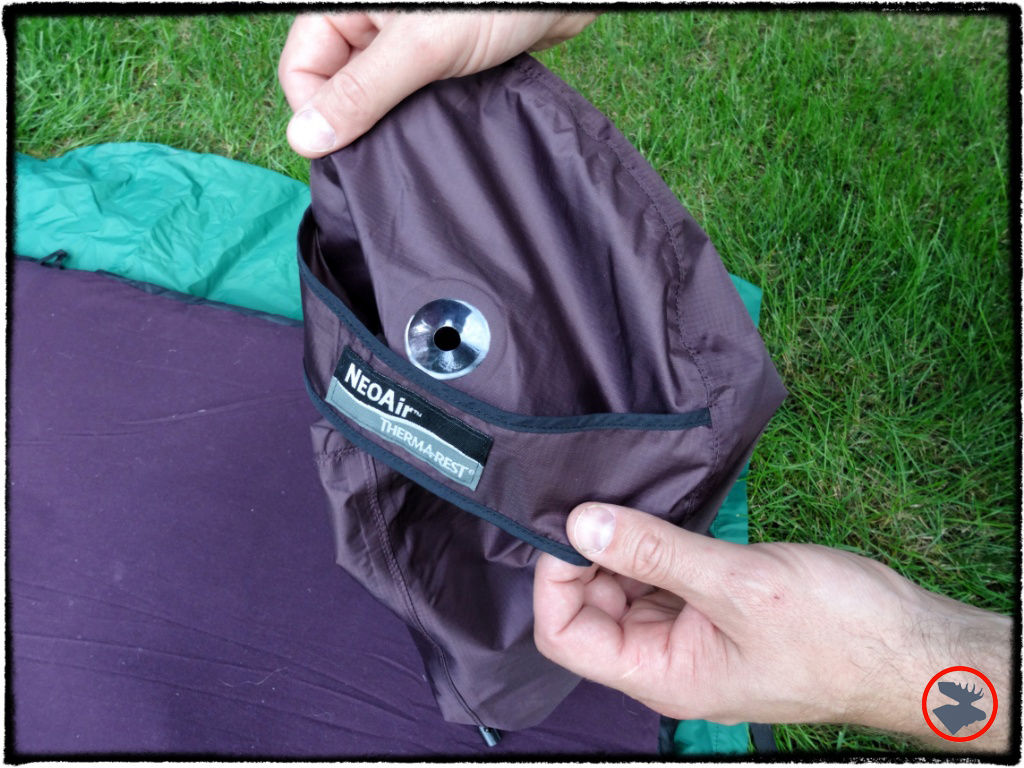
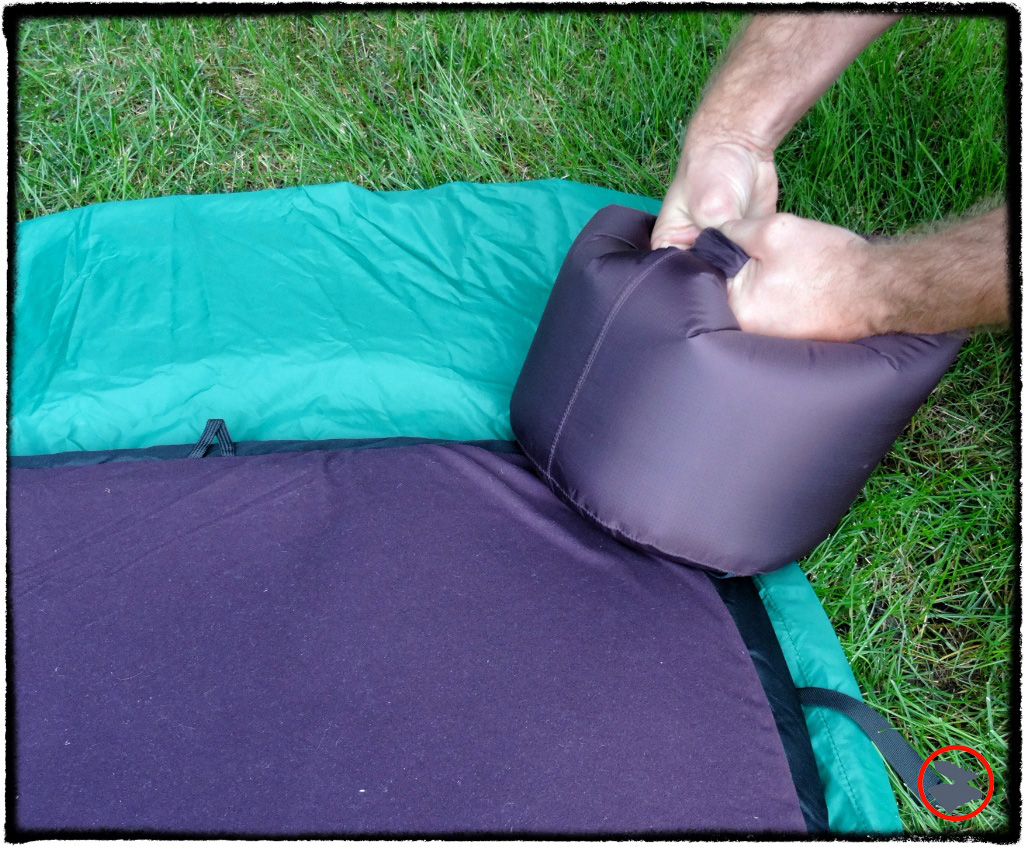
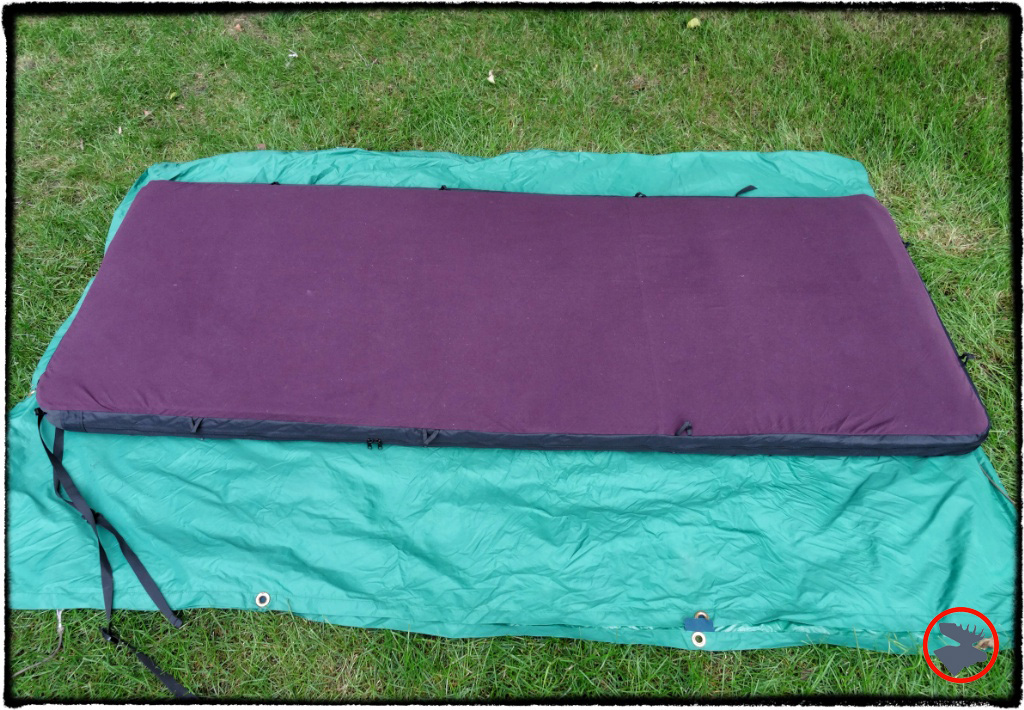
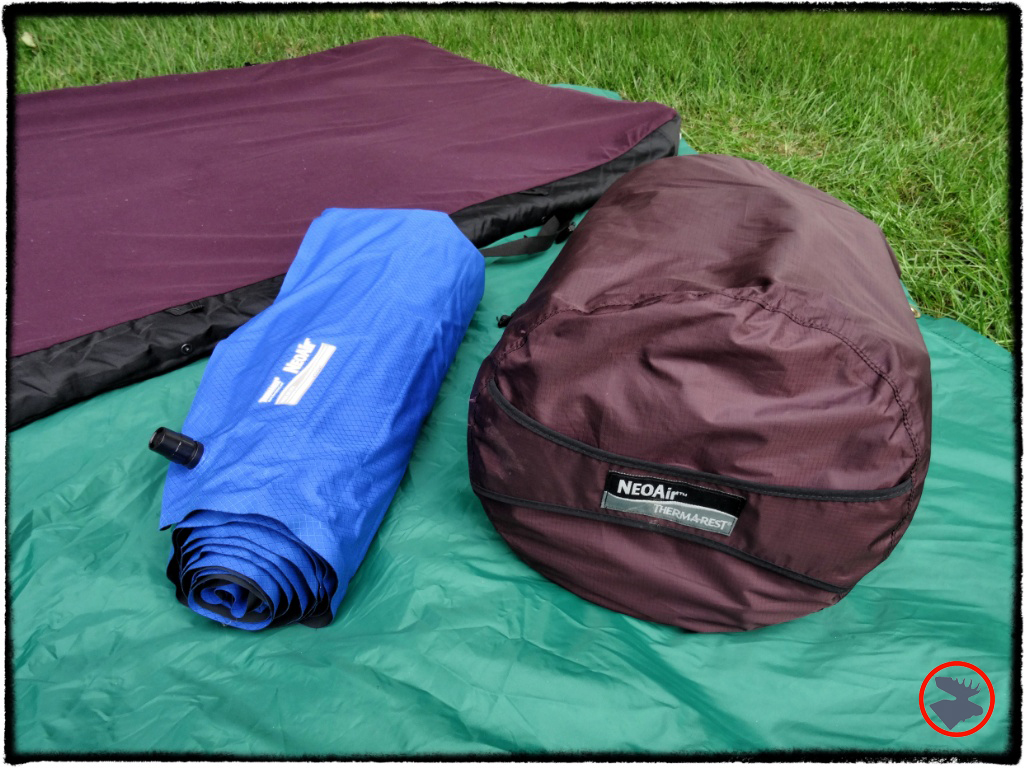
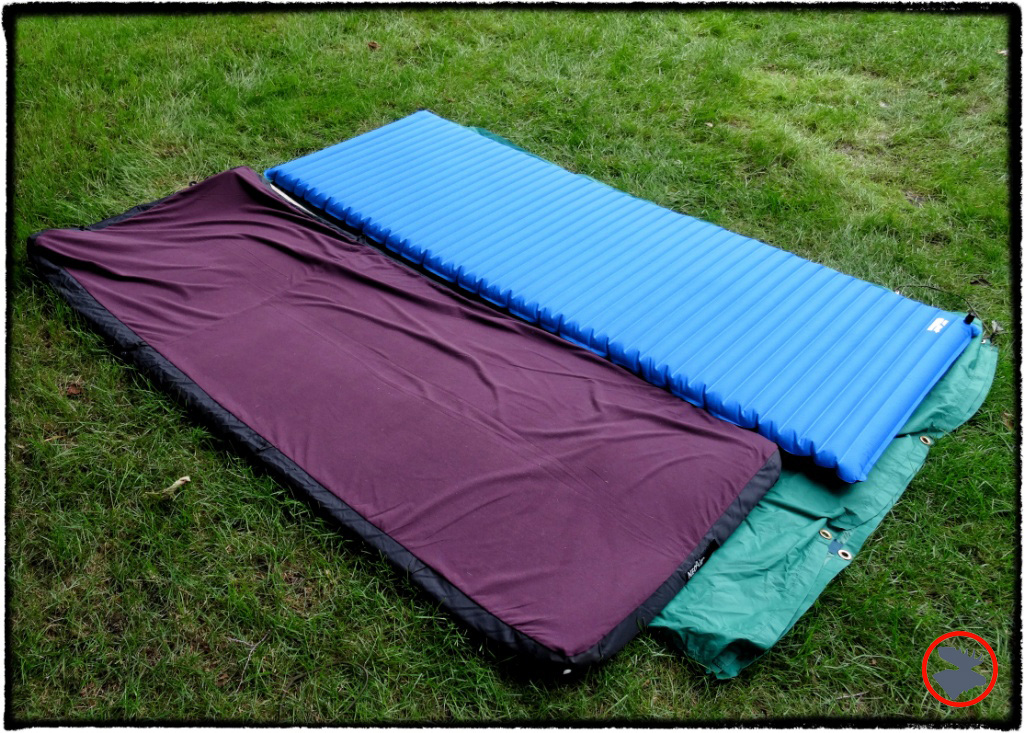
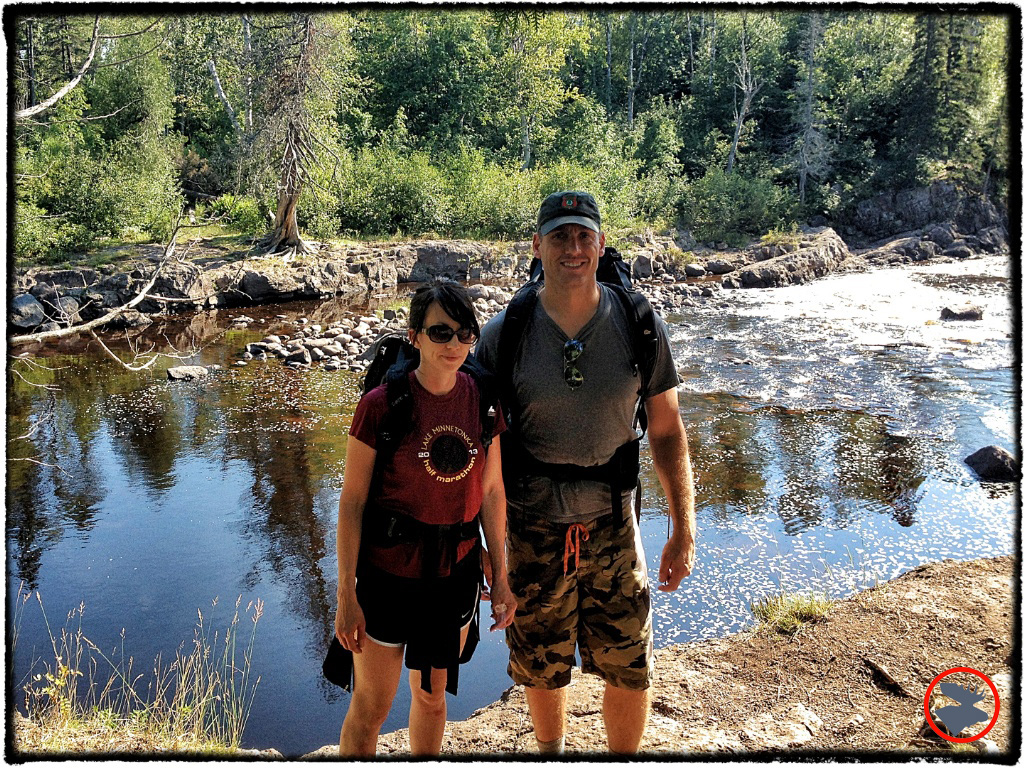


It’s that time of year again—mud, rain, snow, and freezing rain. When you’re outdoors (or walking the city streets) in the next few weeks, keep your feet dry and happy. Here are a few trail-tested options we wear to keep our dogs from barking.